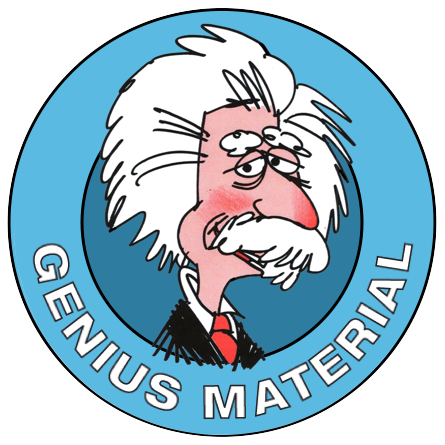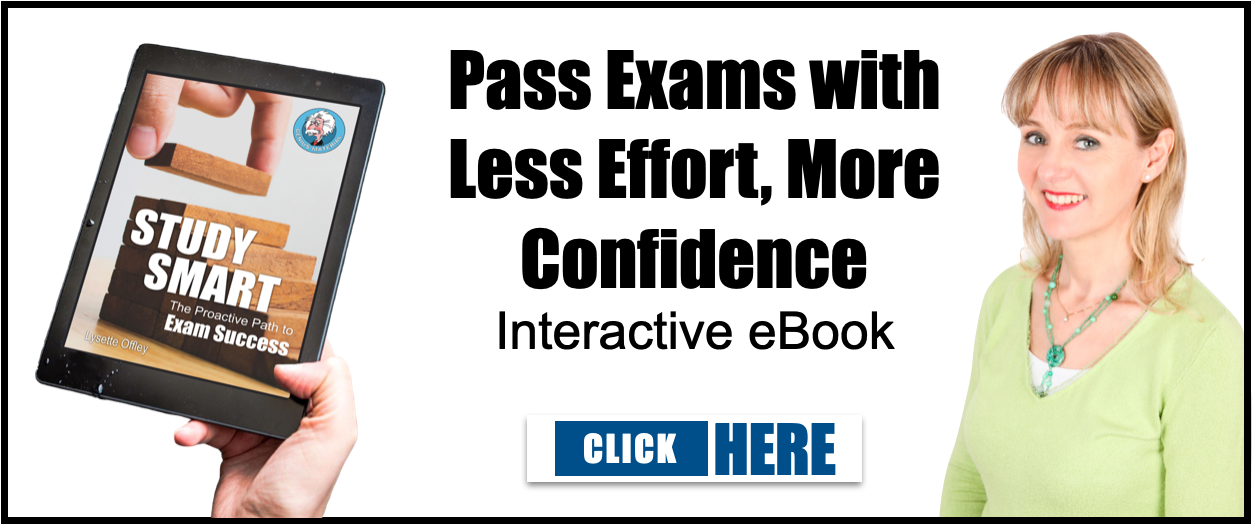How to use study strategies for aphantasia and boost your learning without mental imagery.
Imagine trying to visualise a lush, green forest in your mind—hearing the rustling leaves, feeling the warmth of the sunlight through the trees—only to find that the image never materialises.
For those with aphantasia, this is a daily reality. Aphantasia is a condition where individuals are unable to create mental images, making it difficult to "see" things in their mind’s eye.
While often undiagnosed, it can have a significant impact on how someone learns and processes information. If you or someone you know experiences this, there’s good news: learning with aphantasia is not only possible but can also be highly effective with the right strategies.
The Hidden Challenges of Aphantasia in Learning
Aphantasia can be a source of frustration, particularly in traditional learning environments where visualisation is heavily relied upon. Here are some of the key challenges:
- Visualisation Techniques: Many learning strategies are based on the ability to create vivid mental images. Whether it’s imagining a process, picturing historical events, or visualising complex mathematical concepts, those with aphantasia may find these methods ineffective. Memory aids like the ‘method of loci’ (memory palaces) or mind maps become much harder to use without the ability to mentally visualise.
- Reading and Comprehension: When reading, people often create mental movies or images to help them understand and retain information. Without the ability to form these pictures, someone with aphantasia might find it harder to connect with or remember the material.
- Creativity and Problem Solving: Creativity often involves mentally exploring different scenarios, solving problems by mentally manipulating objects or ideas, or imagining new concepts. Aphantasia can limit these processes, making abstract thinking feel more concrete and limiting.
- Exam Preparation: Memorisation strategies that involve visual recall or imagining scenarios don’t work well, forcing those with aphantasia to search for alternative ways to prepare for exams.
While these challenges may seem daunting, there are many ways to overcome them.
Effective Study Strategies for Learners with Aphantasia
Here’s the thing—aphantasia doesn’t mean you can’t learn effectively; it just means that your brain processes information differently. There are study strategies you can use for aphantasia and boost your learning without mental imagery.You can use other senses, logical thinking, and verbal memory to your advantage. Here are some practical ways to make the most of your study sessions:
1. Leverage Auditory and Verbal Memory
If you can’t visualise, focus on what you can do well—retain information through sound or language. Recording yourself explaining a topic and listening to it repeatedly can help cement the knowledge. Audiobooks, podcasts, and reading aloud can all enhance your learning process by engaging your auditory memory. Try summarising key points out loud after studying, or teach the material to someone else.
2. Use Spatial Awareness
While you may not be able to create mental images, you can still use physical space to organise information. The ‘method of loci’ can be adapted by using actual, real-world locations. For example, associate facts or concepts with different objects in your home. Walk around the space, associating a particular idea with a familiar object in each room. By moving through this space physically, you create a strong spatial connection to the material without needing to visualise it.
3. Focus on Written and Diagrammatic Techniques
Although mental imagery may not be your strength, writing can be a powerful tool. Break down complex concepts into bullet points or lists. Use diagrams, flowcharts, or graphs to represent ideas visually on paper, even if you don’t "see" them in your mind. The act of writing itself can serve as a memory aid.
4. Embrace Kinesthetic Learning
People with aphantasia often find that physical movement helps with retention. For instance, when trying to memorise something, walk around as you recite the material. Engaging in physical activity, such as tapping or using hand gestures, can aid in understanding and remembering information. You can also use manipulatives—like models, physical objects, or props—when studying subjects that involve spatial or visual concepts.
5. Storytelling Without Visuals
You may not be able to visualise a story, but you can craft rich, verbal narratives around the content you’re learning. This could mean turning facts into a journey or creating associations with familiar experiences in your life. The more personal and meaningful the story, the more likely you are to remember it. Storytelling also taps into emotional memory, which can be stronger than visual memory.
6. Chunking Information
Breaking down information into smaller, manageable ‘chunks’ is a great way to process it. Instead of trying to memorise large volumes of material, divide it into smaller, bite-sized pieces. For example, if you’re studying for an exam, focus on one concept at a time, and revisit that concept periodically. This ‘spaced repetition’ technique is highly effective for long-term memory retention.
7. Rely on Facts and Logical Connections
Since abstract visualisation might be challenging, focus on building logical or factual connections between pieces of information. Use logic, cause-and-effect relationships, or sequences to string information together in a way that makes sense. You can rely on concrete facts and associations instead of trying to "see" connections in your mind.
Turning a Challenge into a Strength
Aphantasia may seem like a disadvantage in a world where visualisation is often emphasised, but it can be turned into a strength. Many people with aphantasia are naturally strong in other cognitive areas, like verbal reasoning or analytical thinking. Recognising how your brain works and adapting your learning strategies can lead to more efficient, personalised study habits that work uniquely for you.
Ultimately, you don’t need to be able to visualise to learn. While others might rely on mental images, those with aphantasia often excel at analytical thinking, verbal processing, and spatial reasoning. With the right tools, techniques, and mindset, anyone with aphantasia can become an effective, confident learner—and possibly even a genius in their own right.
So, if you’ve been struggling with study techniques that rely heavily on mental imagery, don’t despair. There are study strategies you can use for aphantasia to boost your learning without using mental imagery. Shift your focus to what works for you, experiment with different approaches, and embrace the fact that your brain is simply wired differently. After all, it’s not about how you learn; it’s about what you learn and how well you apply it.

